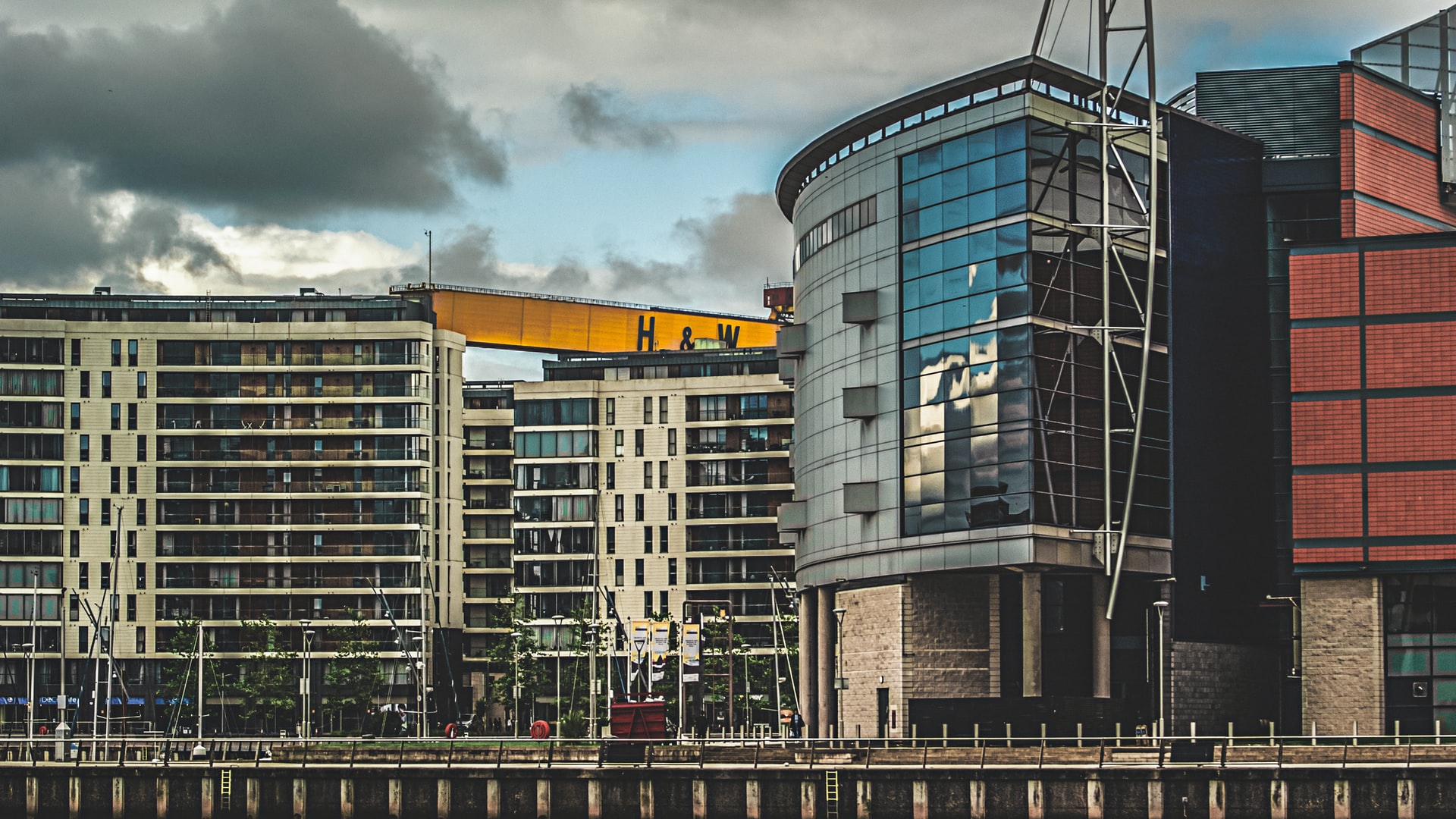Dean O’Brien, Country Manager, Allianz Trade Ireland, shares insight and predictions into how the Irish economy has been hit over the last couple of years, and how 2022 is shaping up.
It’s been a rollercoaster ride for Irish business since our first experience of the pandemic. When the crisis started in 2020, the prevailing thought was that we would face a relatively short lockdown to break transmission and we would be quickly back to normal.
This would ideally have seen a short sharp recession, with a V shaped recovery. However, this was wishful thinking. So too was the hope for a U or even W shaped recovery, as we entered a series of rolling lockdowns and restrictions.
This period of uncertainty for all businesses had the potential to cause a dramatic increase in late payments after the first lockdown. The pause in the economy was certainly comparable to the 2008 global financial crisis, but within a shorter timeframe.
SMEs faced the biggest impact, as various contact sectors such as construction were closed for an extended period.
Government support helps businesses
Relief was provided when government support quickly kicked in, with employee wage subsidy schemes, tax warehousing, rate waivers and debt moratoriums, all helping to preserve much needed cash for struggling companies.
Allianz Trade helped by putting in place appropriate repayment plans, many of which ran into 2021, in order to smooth cashflows for those challenged businesses. Our clients had the option to claim to protect their own cashflows and protect their customer relationships at the same time.
Irish companies have been supporting each other throughout this difficult period. Through the latter part of 2021, it was apparent that the recovery coming through was uneven - a K shaped recovery, which remains today.
While Ireland was one of the few countries in Europe to still grow through 2020, this was entirely driven by the strong tech and pharma presence. Other sectors were impacted at varying degrees (hospitality and no-food retail being hit the hardest) often needing to reinvent themselves:
- Food retail remained strong, despite most people being at home, enabling many suppliers to offset their lost activity. This came however at the expense of margin.
- Construction caught up with offsite works to become more prevalent, providing a snapshot of the future evolution of the sector. There are still concerns however about what will happen with additional costs incurred when many projects get to final account negotiations, not including the level of cost inflation that is hindering recovery.
- The automotive sector, although fearing total collapse, has been able to catch up, despite a significant decrease in business. Introduction of digital platforms in selling vehicles might have implications for competition post crisis.
- Paper/print companies have shifted focus into PPE and signage, helping companies manage the required Covid guidelines. This proved significant in keeping the sector afloat, but will previous levels of business return under these hybrid working models?
The move into 2022
With the largely successful roll out of vaccinations during 2021, hopes were high that resumption of normal economic activity would continue once offices opened. Despite promising signs, further delays are expected in 2022 after the emergence of the Omicron variant.
Our analysts and underwriters now face the challenge of getting behind the headline numbers of many companies where Covid impacts are reflected in their financial performance. Time is being invested in helping companies understand these impacts and the underlying health of their business.
It is expected that we will still face challenges in 2022, despite the restrictions of previous years. Government measures are being moved to more targeted supports, avoiding the ‘cliff edges’ of hospitality, arts and tourism related sectors.
Brexit fallout continues
The impact of rising cost inflation and material shortages are likely to become more troublesome for companies as the year progresses - fuel prices, rents and house prices and many other day-to-day costs for example.
A proportion of this inflation is transitionary, given global supply/demand mismatches that will resolve through 2022 into 2023. But a proportion of these costs will persist, due to continuing issues such as Brexit fallout.
Bad timing on entering fixed price contracts, overtrading, or experiencing bad debts through the supply chain, can all cause issues to the economic cycle of the construction sector.
Retail faces the biggest challenge, given the acceleration of online activity. In addition, retail and hospitality have the brewing issue of rent arrears, which were tied in with code of conduct guidelines throughout last year.
This overhang of legacy arrears will need to be dealt with, and it will be unsurprising to see the new Small Companies Administration Rescue Process (SCARP) legislation enacted towards SMEs restructuring their debts next year.
SCARP allows smaller companies to restructure their debts within a short time frame without any court involvement, providing there is creditor support. This will present challenging dilemmas for unsecured suppliers in the period ahead.
I believe the K shaped recovery is here to stay for the foreseeable future. Right now, it has never been more important to be close to your customers and understanding their challenges. As we move into a more volatile part of recovery from a payments and insolvency perspective, this too will be our priority at Allianz Trade.
